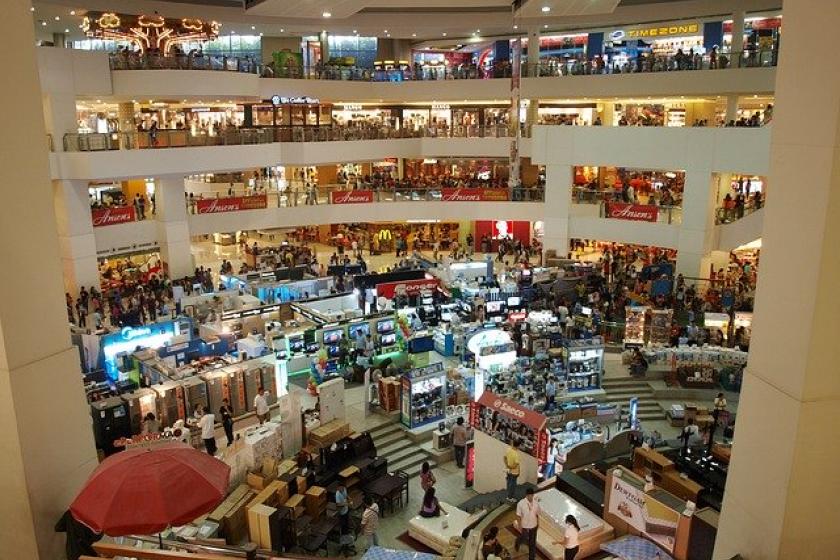Why UWB Is the Latest Tech Acronym You Need to Know About
UWB is a very exciting development that promises to complement and build on BLE in a big way and help further cement indoor location as the next must-have technology.
April 15, 2020

Location and navigation apps that use the Global Positioning System (GPS) have become part of our daily lives, from finding the best driving route to grabbing an Uber or Lyft. Satellite-based GPS doesn’t work well indoors, however, and technologists have long dreamed of a way to fully replicate its capabilities within four walls.
We’re getting there, thanks to innovations involving the current indoor location protocol – Bluetooth Low Energy (BLE) – and the advent of the new and promising Ultra-Wideband (UWB) technology, which received a huge boost when Apple included a chip that supports the technology in the iPhone 11 unveiled in September.
BLE was introduced in 2001 but started taking off after Apple and Google standardized it on their mobile devices in recent years. That has led to innovation such as virtualized BLE radio transmitters, or beacons, that don't require batteries. Another is artificial intelligence (AI) technologies, like unsupervised machine learning, which automatically manage the beacons via the cloud rather than by hand. Both advances make location-based applications like wayfinding and proximity notifications much more reliable and cost-effective.
As a result, BLE has been put to use in some interesting ways, such as asset tracking in manufacturing plants, engaging with in-store customers to boost revenue and improve shopper experience, or the ability to quickly locating medical staff in a hospital during an emergency.
The Orlando (Fla.) VA Medical Center is using the technology to help arriving patients check in from their phones and then easily navigate around the 1.2 million-square-foot facility with turn-by-turn directions. It also allows them to keep patients informed about the times and locations of various health programs, such as smoking cessation classes and flu shots, based on their whereabouts in the hospital, as well as being able to request assistance or mobility aids and track the progress of the request.
Nearby, Walt Disney World Swan and Dolphin Resort is relying on location-based services and an AI-driven wireless network to help guide business guests around its 331,000-square-foot meeting space and intelligently deploy staff based on the number of people in various spots inside the hotel.
Dartmouth College envisions a future where smartphones are location-aware personal assistants that provide directions around campus, guide museum tours, and allow automated individual classroom configuration.
But BLE, which is seeing great growth in its deployment, has an Achilles' heel for a few use cases that require higher accuracy such as shelf-level tracking, as it is designed to be accurate to within 1 to 3 meters. UWB, on the other hand, is accurate to within tens of centimeters, which enables precise pinpointing of the location of phones or tags that have UWB radios embedded. Think of it as high-definition BLE that is in the initial stage of adoption.
If Apple opens up its UWB capability to third-party development – as it did with iBeacon, its BLE implementation – and if Android powerhouses like Google and Samsung follow suit, UWB can be expected to radically alter the indoor-location landscape.
With the complementary technologies of BLE and UWB, indoor location could become a killer app for companies across industries.
In warehousing and manufacturing facilities, the higher granularity of UWB can help address additional use cases such as worker safety by monitoring the movement of forklifts, shipping containers, and staff to eliminate collisions. It can also enable better monitoring of product and inventory workflow on the manufacturing and fulfillment lines that can be fed back into the system to optimize production output and inventory supply chain management.
In healthcare, indoor location can be used for asset location and monitoring of medicines. Some are very sensitive to temperature, so they need to be monitored from the time they leave refrigeration until they are administered to the patient. Knowing more accurately when medicine has left refrigeration is important to care.
UWB is a very exciting development that promises to complement and build on BLE in a big way and help further cement indoor location as the next must-have technology. It will be interesting to see how the situation progresses in 2020.
About the Author
You May Also Like




